U.S. President Donald Trump accused the Federal Reserve (Fed) and its Chair Jerome Powell on Wednesday of failing “to stop the problem they created with inflation,” pledging to slash regulation and unleash “American Energy production,” marking his latest criticism directed at the central bank.
“The Fed has done a terrible job on Bank Regulation. Treasury is going to lead the effort to cut unnecessary Regulation and will unleash lending for all American people and businesses,” Trump said on his Truth Social platform.
“Because Jay Powell and the Fed failed to stop the problem they created with Inflation, I will do it by unleashing American Energy production, slashing Regulation, rebalancing International Trade, and reigniting American Manufacturing, but I will do much more than stopping Inflation, I will make our Country financially, and otherwise, powerful again!” he added.
Earlier Wednesday, the Fed kept its benchmark policy rate unchanged at 4.25%-4.5%, meeting market expectations. The Fed’s rate-setting committee voted unanimously to keep the bank’s benchmark lending rate steady, it announced.
It said in a statement that recent indicators suggest that economic activity has continued to expand at a solid pace, and the unemployment rate has stabilized at a low level.
But “inflation remains somewhat elevated,” it said, removing a reference in earlier statements to inflation making progress towards its long-term target of 2%.
Speaking to reporters following the Fed’s decision, Powell said he has not talked with Trump.
“I’m not going to have any response or comment whatsoever on what the president said. It’s not appropriate for me to do so. The public should be confident that we will continue to do our work as we always have, focusing on using our tools to achieve our goals and really keeping our heads down and doing our work,” he said.
“With our policy stance significantly less restrictive than it had been and the economy remaining strong, we do not need to be in a hurry to adjust our policy stance,” Powell told reporters after the decision.
The Fed’s pause follows three consecutive rate reductions, which lowered its key rate by a full percentage point.
“By design, Powell provided little in the way of new information at this FOMC meeting,” economists at Citi wrote in a note to clients Wednesday, referring to the Fed’s rate-setting committee.
Powell, they added, had “effectively” kept all options for the Fed’s next rate decision in March.
‘Wait and see’
Since returning to office on Jan. 20, Trump has revived his threats to impose sweeping tariffs on U.S. trading partners as soon as this weekend and to deport millions of undocumented workers.
He has also said he wants to extend expiring tax cuts and slash red tape on energy production.
Most – though not all – economists expect Trump’s tariff and immigration policies to be at least mildly inflationary, raising the cost of goods faced by consumers.
“I think those policies are definitively inflationary; it’s just a question of to what degree,” Mark Zandi from Moody’s Analytics told Agence France-Presse (AFP) ahead of the rate decision.
Asked about the likely impact of Trump’s proposals, including tariffs, Powell said the Fed would have to “wait and see” how they affected the economy.
At the Fed’s previous meeting, policymakers dialed back the number of rate cuts they expect this year to a median of just two, with some incorporating assumptions about Trump’s likely economic policies into their forecasts, according to minutes of the meeting.
Given the uncertainty about the effect of Trump’s policies on the U.S. economy, analysts are now divided over how many rate cuts they expect the Fed to make in 2025.
“We retain our baseline that the FOMC will cut rates 25bp (basis points) this year, in June,” economists at Barclays wrote, pointing to the economy’s underlying strength.
Zandi from Moody’s Analytics said he also expects two rate cuts later in the year.
But, he added, “There are meaningful odds that the next move by the Fed may not be a rate cut. It might be a rate increase.”

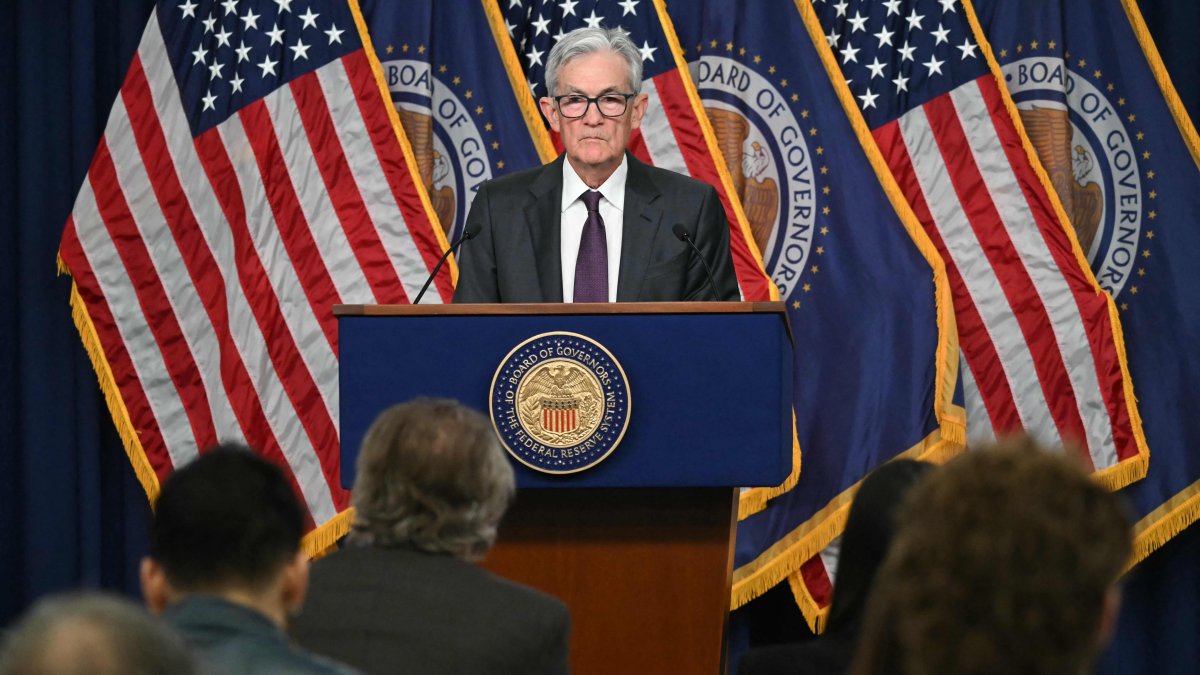
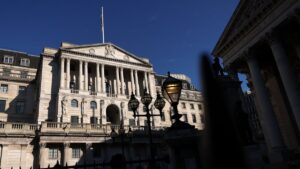
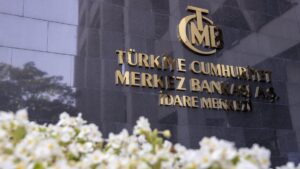






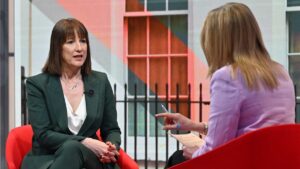

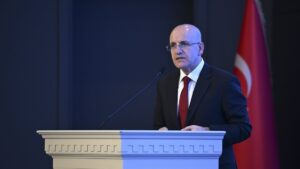









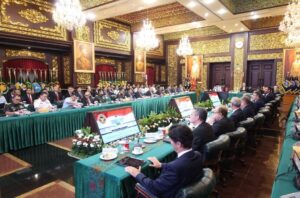



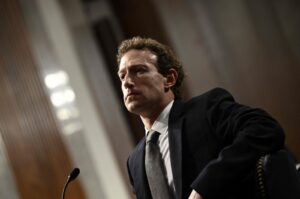





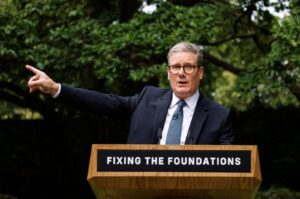






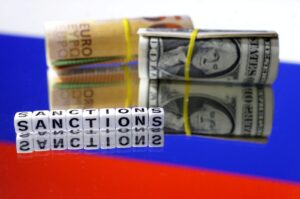






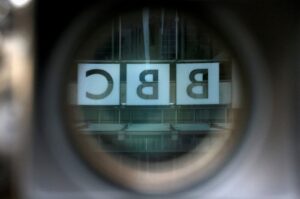
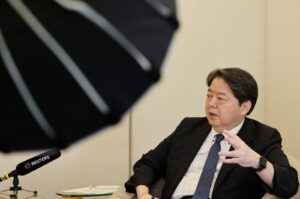

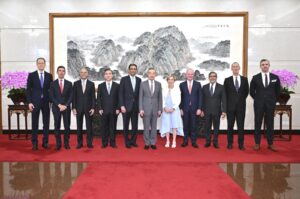

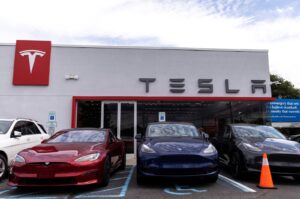
Be First to Comment